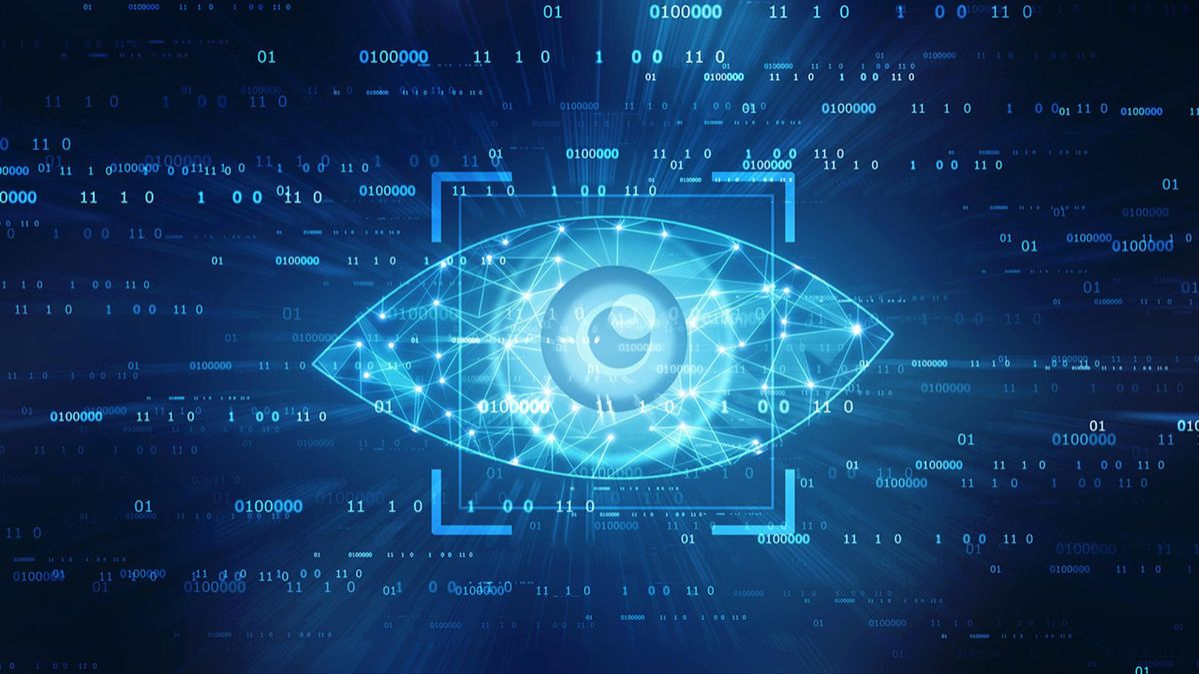The year 2025 is shaping up to be a turning point for artificial intelligence, especially in the field of computer vision. Once considered futuristic, technologies like image recognition, object detection, and real-time video analytics have now become essential across industries. From healthcare and retail to manufacturing and agriculture, computer vision applications in 2025 are helping businesses operate more efficiently, improve decision-making, and deliver better customer experiences.
In this blog, we’ll explore how computer vision is transforming various industries in 2025 and why businesses are rapidly adopting these solutions.
1. Healthcare: Precision Diagnostics and Smarter Treatment
Healthcare is one of the biggest beneficiaries of computer vision advancements. Medical imaging powered by AI can now analyze X-rays, MRIs, and CT scans with extraordinary accuracy, often detecting conditions earlier than traditional methods.
-
Disease detection: AI algorithms can identify cancer, neurological disorders, and cardiovascular diseases in their early stages.
-
Robotic surgeries: Surgeons are using computer vision-guided robots to perform minimally invasive procedures with greater precision.
-
Remote patient monitoring: Cameras and sensors powered by vision technology allow doctors to monitor patients in real-time, especially in intensive care units.
By 2025, these technologies are not only saving lives but also reducing the workload of medical professionals.
2. Retail: Enhancing Customer Experience
Retailers are using computer vision to redefine how customers shop. The rise of cashier-less stores is just the beginning.
-
Automated checkout: Cameras track items as customers pick them up, eliminating long queues.
-
Customer behavior analytics: Retailers use vision tools to understand foot traffic, shelf engagement, and buying patterns.
-
Personalized marketing: Facial recognition and demographic analysis help tailor in-store promotions in real time.
The result? A seamless, personalized shopping experience that strengthens brand loyalty and boosts sales.
3. Manufacturing: Quality Control and Automation
In manufacturing, even the smallest defect can lead to big losses. Computer vision systems are making factories smarter and more efficient.
-
Defect detection: AI-powered cameras inspect products at every stage of production, ensuring top-notch quality.
-
Predictive maintenance: Vision-based systems monitor equipment, detecting wear and tear before breakdowns happen.
-
Workplace safety: Cameras track employee movement, alerting supervisors if someone enters a restricted or dangerous zone.
By automating these tasks, manufacturers are not only cutting costs but also improving worker safety and productivity.
4. Agriculture: Smart Farming for Higher Yields
Feeding the growing global population requires smarter farming practices, and computer vision is playing a crucial role.
-
Crop monitoring: Drones equipped with vision technology analyze soil health, plant growth, and pest infestations.
-
Harvest optimization: AI predicts the best time for harvesting, ensuring maximum yield.
-
Livestock management: Cameras monitor animal health, detecting signs of illness or distress.
By 2025, smart farming is making agriculture more sustainable and helping farmers maximize output while reducing waste.
5. Transportation: Safer Roads and Smarter Vehicles
The transportation sector has seen massive disruption thanks to computer vision.
-
Autonomous vehicles: Self-driving cars rely on computer vision to recognize pedestrians, traffic signs, and obstacles.
-
Traffic management: AI systems analyze video feeds to optimize traffic flow and reduce congestion.
-
Driver assistance: Advanced driver-assistance systems (ADAS) use cameras for lane-keeping, collision detection, and parking assistance.
With these applications, roads are becoming safer and transportation systems more efficient.
6. Security and Surveillance: Smarter Protection
Security is another domain where computer vision has become indispensable.
-
Facial recognition: Used in airports, banks, and government institutions for secure identity verification.
-
Crowd monitoring: Real-time analytics detect unusual behavior, helping prevent accidents or crimes.
-
Access control: Vision-based systems replace traditional ID cards and passwords with biometric authentication.
In 2025, organizations are relying heavily on computer vision to enhance both physical and digital security.
7. Sports and Entertainment: Immersive Experiences
Sports and entertainment industries are adopting computer vision to engage audiences like never before.
-
Performance tracking: AI analyzes athletes’ movements, providing coaches with insights for better training.
-
Broadcast enhancements: Real-time replays, graphics, and fan engagement tools make sports viewing more interactive.
-
Augmented reality (AR): Vision technologies bring lifelike experiences into gaming and entertainment.
Fans now get personalized, immersive experiences that weren’t possible a few years ago.
8. Finance: Fraud Detection and Customer Service
Financial institutions are also leveraging computer vision to enhance operations and customer trust.
-
Fraud prevention: AI detects suspicious activities like fake checks or identity theft in real-time.
-
KYC automation: Computer vision validates documents and IDs faster than manual verification.
-
Customer analytics: Banks analyze customer behavior to offer personalized financial products.
These innovations are improving security while creating a smoother banking experience.
Why Businesses Need Computer Vision in 2025
The growing adoption of computer vision applications in 2025 is no coincidence. With the help of AI-driven solutions, companies are achieving:
-
Increased efficiency
-
Better accuracy in decision-making
-
Cost savings through automation
-
Enhanced customer satisfaction
However, implementing these solutions requires expertise. Partnering with the right technology provider can make all the difference.
Choosing the Right Partner
To fully leverage the power of computer vision, organizations need an experienced AI solutions provider. If you’re looking for the best AI development company in Chantilly, choose a partner that offers end-to-end services—from strategy and consulting to development and deployment. The right company will not only understand your business goals but also ensure seamless integration of AI into your existing systems.
Conclusion
Computer vision is no longer a futuristic concept—it’s a present-day necessity. As we move deeper into 2025, industries across the globe are witnessing transformation driven by vision-powered AI solutions. From healthcare and manufacturing to retail and security, the potential of computer vision is limitless.
Businesses that embrace these technologies today will be the ones leading tomorrow. The future belongs to those who innovate—and computer vision is at the heart of this revolution.







